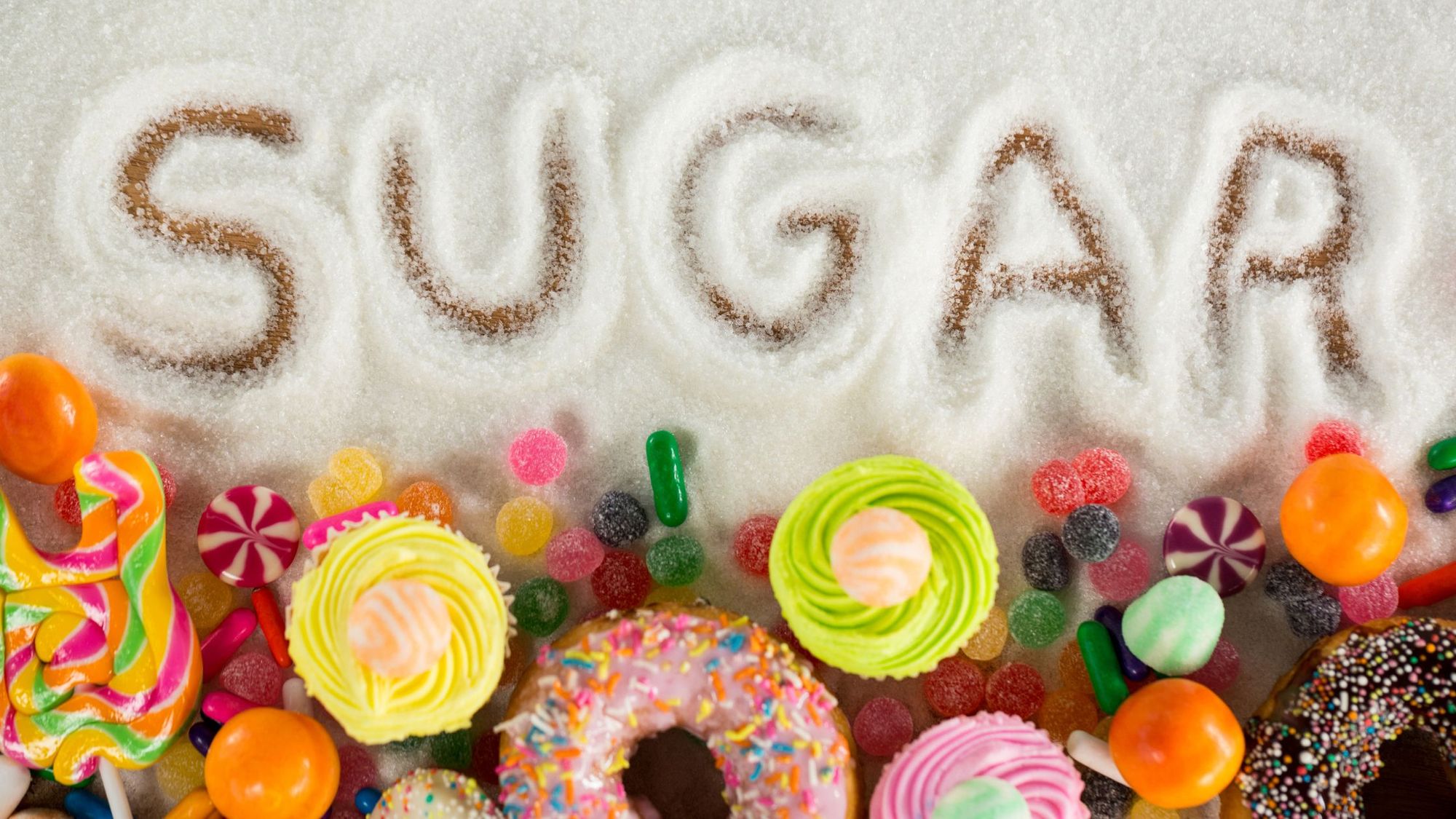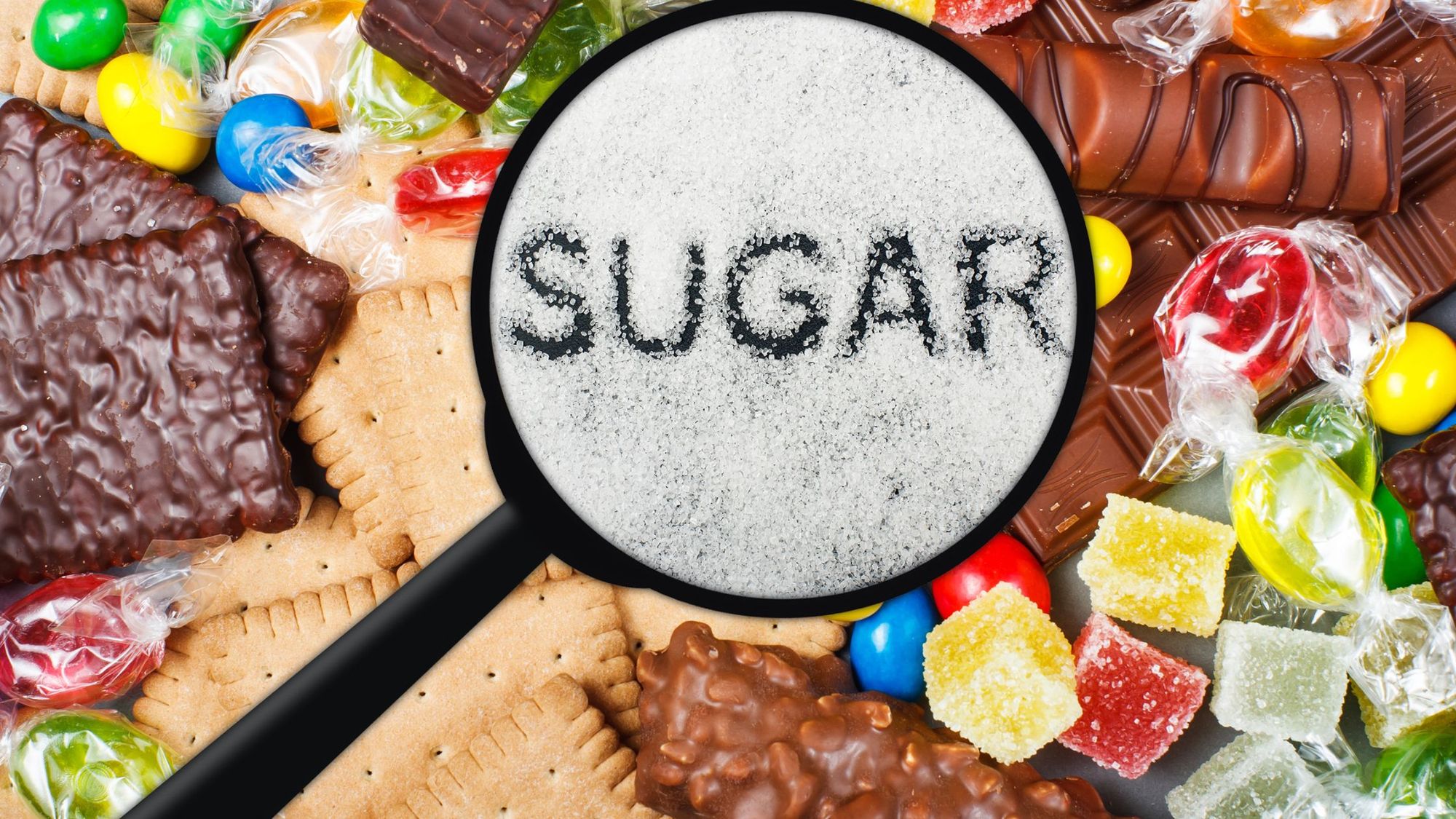
Maintaining a healthy weight and eating less sugar isn’t just important for vanity reasons. Eating less sugar and avoiding foods with hidden sugars is also important for your overall health and wellness.
The daily recommended sugar intake, according to the AHA (the American Heart Association) is about 25 grams of sugar per day for women, and up to 35 grams per day for men.
That means that each day, you shouldn’t be consuming more than 6 – 9 teaspoons of sugar. Sugar shouldn’t be accounting for more than 10% of your daily calorie intake, which for most people means no more than 150 – 200 calories of sugar per day.
When you think about it in these terms, that’s not much sugar at all, which means we all have to be very careful about purchasing foods with hidden sugars.
Unfortunately, many people make the mistake of assuming a certain food is ‘healthy’ when that food actually contains hidden sugars that make it not-so-healthy.
Granola bars, sauces, juices, cereals and other foods that seem healthy might not be.
To avoid foods with hidden sugars, and to avoid excess sugar consumption, you can either be diligent at the grocery store when it comes to reading nutritional labels, or you can make your own healthier version.
For example, you can make homemade granola bars with less sugar, and make your own pasta sauce using simple yet flavorful ingredients such as tomatoes, garlic and basil.

What Are Hidden Sugars?
Hidden sugars are found in foods with added sugars, but the reason people refer to it as ‘hidden sugars’ is because on the nutritional label, the added sugars might be disguised in the list of ingredients with terminology that essentially means ‘sugar’, just in a lesser-known name.
Below are some common names of hidden sugars:
- Corn syrup
- Corn sweetener
- Dextrose
- Fructose
- Glucose
- High-fructose corn syrup
- Malt syrup
- Sucrose
- Crystalline fructose
- Malt syrup
- Agave nectar
- Caramel
- Carob syrup
- Florida crystals
- Evaporated cane juice
- Rice syrup
- Panocha
Perhaps you recognize some of these ingredients and you know they basically mean ‘sugar’ or ‘excess calories’.
However, perhaps you didn’t recognize some of these substances, and you wouldn’t have known they were hidden sugars.
A person quickly scanning a nutritional label during a rushed trip to the grocery store might miss these hidden sugars.

Common Foods That Contain Hidden Sugars
It can be exhausting reading the nutritional label of every product you buy.
To help save you time so that you understand the most common foods that contain hidden sugars, and therefore the foods it’s more important to read the label of, review this list.
Below is a list of foods that commonly contain hidden sugars:
- Breakfast cereals
- Instant oatmeal packages
- Dried fruit
- Fruit juices
- Pasta sauces
- Granola bars
- Muffins
- Yogurt (especially flavored yogurt)
- Salad dressing
- Jam
- Lactose-free milk (especially flavored milks such as vanilla almond milk)
Those are just some of many foods that have hidden sugars, but tend to market themselves as being ‘healthy’.
For example, many people believe that yogurt is a ‘safe’ choice for a healthy snack, but if they purchased a flavored vanilla yogurt with added sugar, it’s not as healthy of a snack as it could be if it was plain greek yogurt.
Liquid Calories and the Hidden Sugars in Beverages
Almost everyone knows the insane amount of sugar in a soda such as coke or pepsi. Furthermore, lots of people already know that fruit juices contain sugar as well.
However, many people aren’t aware of just how much sugar is actually in their favorite fruit juice. For example, one glass of orange juice contains about 40 grams of sugar and 50 grams of carbohydrates. If you’re on the Keto diet, that one glass of orange juice will take up your entire allowance of carbs for the day, and it’s also high in sugar. One glass of orange juice (which is usually about 2 measured cups of juice in a glass) contains more sugar than your daily recommended intake. If you love orange juice, try filling your glass with half orange juice and half water. You’ll eventually get used to the taste of diluted, slightly less sweet orange juice.
This concept is similar to people who are ‘whistling in the dark’ when it comes to their Starbucks lattes with tons of sugar in it.
Below are examples of beverages with hidden sugars or liquid calories you should be avoiding:
- Iced tea
- Juice
- Specialty coffees such as lattes and mochas
- Alcoholic beverages
- Horchata, bubble tea and other flavored milky drinks
- Mocktails
- Energy drinks
- Protein shakes
How to Avoid Hidden Sugars and Reduce Your Sugar Consumption
There are many sneaky ways for companies to incorporate hidden sugars into their foods. For example, they might package their product as “no added sugar” but they’re actually using fruit juices or agave nectar which is a form of added sugar.
A pro tip is to try your best to avoid the aisles at grocery stores. All of the packaged foods tend to be in the aisles of the store, and packaged foods tend to be more likely to contain hidden sugars.
However, the perimeter of the grocery store will have healthier foods that are more likely to have less sugar, such as fresh vegetables in the produce section, healthy lean meats in the deli section, and fresh fish.
One of the best ways to avoid hidden sugars is to make your own granola bars, muffins, and pasta sauces yourself. Use ingredients such as stevia leaf extract to sweeten your homemade goods without adding sugar. Use ripe tomatoes with natural sweetness to make a healthy pasta sauce.
When it comes to liquid calories, don’t buy iced tea and juice at the store. Make your own fresh-squeezed orange juice and limit yourself to half a glass of it, or for an even healthier option, make your own iced tea by filling a pitcher with iced black tea and adding some stevia for sweetness for a zero calorie, refreshing beverage. Of course, it’s always safest (and healthiest) to stick to water. Flavor your water with a bit of lemon, or cucumber and mint.
Do You Have a Genetic Sweet Tooth?
You might be drawn to foods with hidden sugars such as packaged granola bars and flavored yogurt because you have a sweet tooth in your DNA.
Did you know that having a sweet tooth is often a genetic trait? Find out if you’re more likely to have a sweet tooth, or more likely to be sensitive to carbs, by taking an at-home DNA test from CircleDNA.
References:
- 30 Names for Hidden Sugars https://totalhealthhixson.com/blog/30-names-for-hidden-sugars/The AHA Recommended Daily Intake of Added Sugars: https://www.heart.org/en/healthy-living/healthy-eating/eat-smart/sugar/cut-out-added-sugars-infographic






